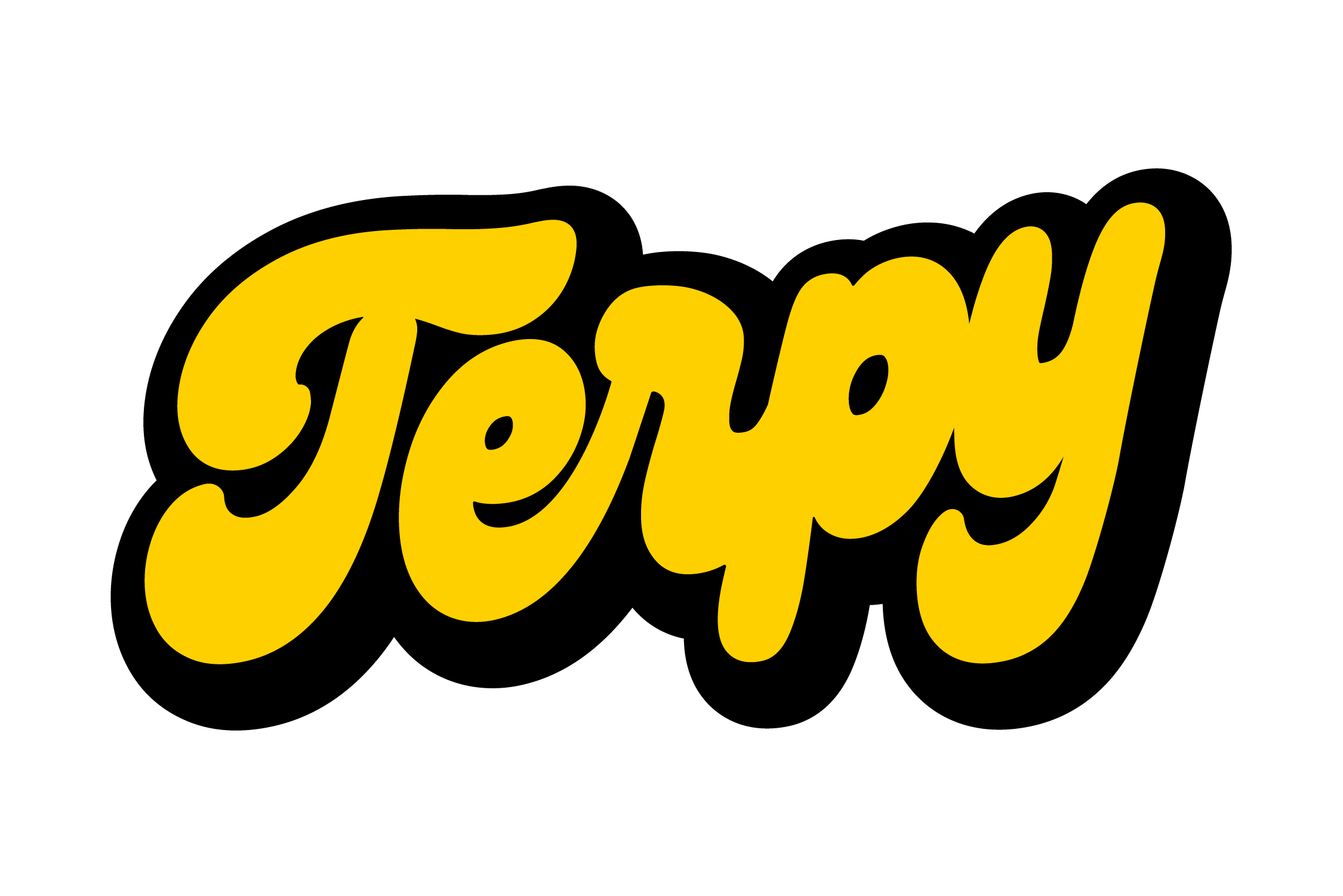Epilepsy is a chronic neurological disease that affects millions of people worldwide, causing recurrent seizures and, in some cases, severely limiting the quality of life of those who suffer from it. Traditional treatment is often effective, but not for all patients. In this regard, the cannabis for epilepsy has gained popularity as an effective alternative or adjunct in seizure control. This has generated growing interest both in the scientific community and among patients seeking new solutions.
The best known compound of cannabis in this field is the cannabidiol (CBD)which, unlike tetrahydrocannabinol (THC), has no psychoactive effects. This compound does not produce the euphoric effects typical of THC, which makes it suitable for therapeutic use in the treatment of neurological diseases such as epilepsy. Recent scientific research suggest that CBD could significantly reduce seizure frequency in patients who do not respond well to traditional medications.
However, the use of cannabis in the treatment of epilepsy is still in the research phase, and while some patients have experienced positive results, each case is unique. It is essential to understand how cannabis works, its potential benefits and risks, and how it is being integrated into modern medical treatments. Throughout this article, we will explore how cannabis can play a role in the treatment of epilepsy, as well as the types of cannabis that are most effective for this purpose.
What is cannabis for epilepsy?
Cannabis is a plant that has been used in medicine since ancient times, but has recently gained prominence due to its potential therapeutic applications in various medical conditions. In the case of epilepsy, CBD is the main cannabis compound that has been studied for its positive effects on seizure control. Unlike THC, which is the psychoactive compound in cannabis, CBD does not cause alterations in consciousness or euphoria, making it a suitable therapeutic option for the treatment of neurological diseases.
CBD acts on the endocannabinoid system, a network of receptors in the brain and throughout the body that regulates various physiological functions such as pain, mood, sleep and immune response. This system also plays an important role in brain activity, and it is believed that the CBD helps regulate electrical signals in the brainreducing the likelihood of epileptic seizures.
Mechanism of action of cannabis in the brain
To understand how cannabis for epilepsy can be effective, it is important to understand the endocannabinoid system and how CBD interacts with it. This system is composed of a series of receptors and neurotransmitters that regulate various biological functions in the body, including neuronal activity. It has been found that CBD binds to CB1 and CB2 receptors of the endocannabinoid system, modulating the activity of nerve cells.
The cannabis for epilepsy not only helps to reduce the frequency of crises, but can also improving neuroprotection and stabilise nerve cells in the brain, which is especially useful in cases of epilepsy resistant to other treatments.
Types of cannabis used in the treatment of epilepsy
There are different strains of cannabis that can be used for the treatment of epilepsy. Although CBD is the most studied compound, some strains of cannabis combine CBD with small amounts of THC to enhance its effects. The following are the most common forms of cannabis used in the treatment of epilepsy.
Isolated CBD and CBD oil
The Isolated CBD is the purest form of cannabidiol, extracted directly from the cannabis plant. This type of cannabis is used in medical treatment because it does not have the psychoactive effects of THC. It can be administered in a variety of ways, one of the most common being the CBD oil. This oil is taken sublingually or added to food or drink. In some patients, CBD oil has been shown to be effective in reducing seizures.and many families have adopted it as a viable option for treating epilepsy in children.
Low THC and high CBD strains
Some cannabis strains contain low levels of THC and high levels of CBD. These strains are especially useful for those seeking the therapeutic benefits of cannabis without experiencing the psychoactive effects. Strains such as Charlotte's Web o ACDC are popular in the treatment of epilepsy, especially in children suffering from severe forms of the disease. These strains have shown promising results in the reduction of seizures, making cannabis a more accessible and safer therapeutic option for patients.
Benefits and risks of cannabis for epilepsy
Although cannabis for epilepsy has shown many benefits, it is also important to be aware of the potential risks and side effects that may arise from their use.
Proven benefits of cannabis in epilepsy treatment
The benefits of cannabis for epilepsy are becoming increasingly apparent, especially with the use of cannabis as an antidepressant. CBD. Some of the key benefits include:
- Significant reduction of epileptic seizuresIn numerous studies, patients who used CBD reported an improvement in decrease in seizure frequency.
- Improving quality of lifepatients who experience a reduction in seizures also report an improvement in their quality of life, as recurrent seizures can severely affect daily activities.
- Minimal side effectsunlike other conventional treatments, such as anticonvulsants, CBD has much milder side effectsThis makes it an attractive option.
Possible risks and side effects
Although CBD is generally well tolerated, it is not without side effects. Some of the most common include drowsiness, loss of appetite or changes in mood. In addition, cannabis may interact with other medications, which could affect their effectiveness or increase side effects. Therefore, it is essential that patients consult with their doctor before starting any cannabis treatment for epilepsy.
How is cannabis administered for epilepsy?
The CBD and other cannabis-derived products can be administered in a variety of ways. The most common forms include oils, capsules, edibles and vaporisers. The administration of cannabis for epilepsy will depend on the specific needs of each patient and should be determined by a specialised physician.
Dosage and frequency of administration
Determine the adequate dose The ideal dose can vary depending on factors such as age, weight, severity of epilepsy and tolerance to CBD. Generally, doctors start with low doses and gradually increase them until they find the right level that reduces seizures without causing side effects.
Cannabis as a therapeutic option for epilepsy
The cannabis for epilepsy is becoming a viable option for many patients, especially those who have not responded well to traditional treatments. CBD, in particular, has shown promising results in reducing seizures and improving patients' quality of life. Although much research remains to be done, cannabis offers an alternative to conventional medicines, with fewer side effects and greater efficacy in some cases.
If you are looking for more information about the use of cannabis for epilepsy or you need guidance on how to access this treatment in Barcelona, don't hesitate to visit our contact siteWe will be happy to help you!



